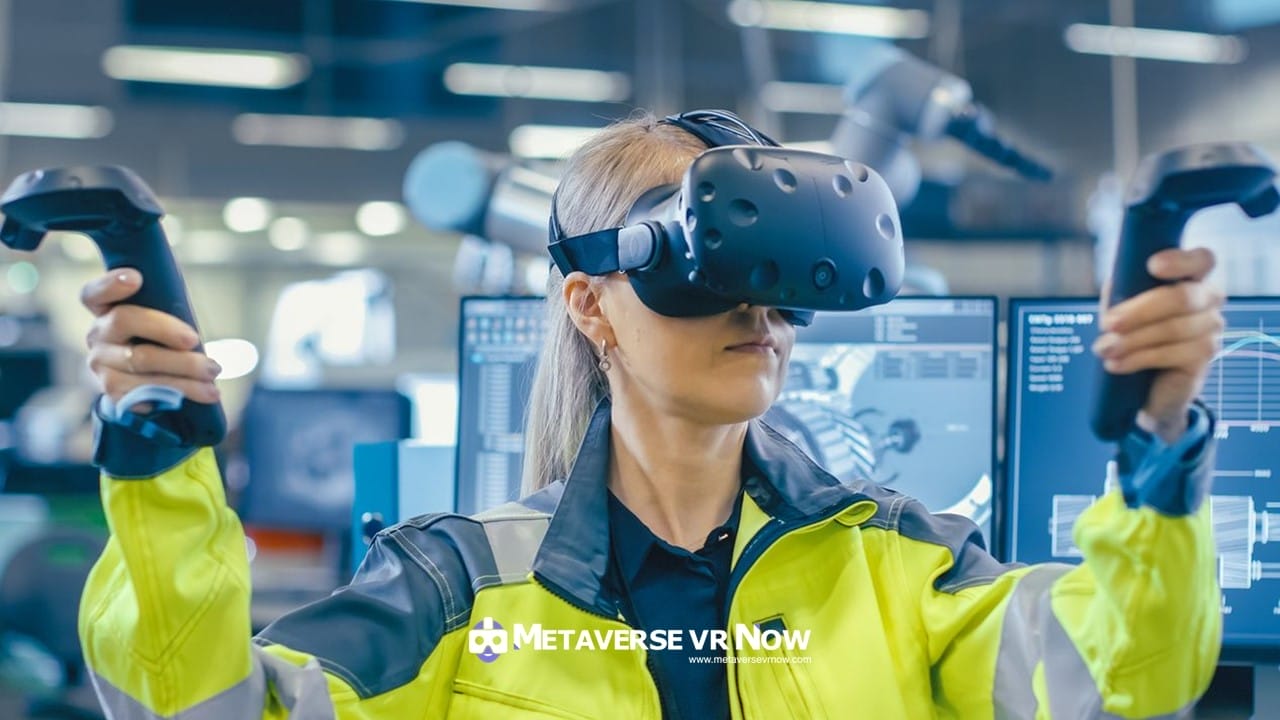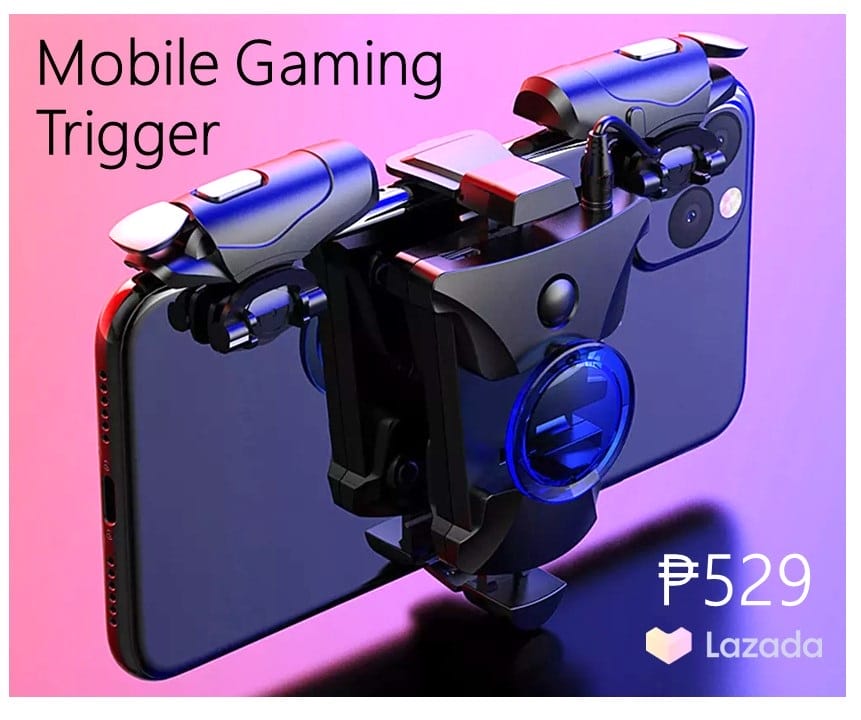Imagine a world where the boundaries between reality and virtuality blur, where machines come alive with digital prowess, and where manufacturing processes transcend the limitations of physical constraints. Welcome to the realm of VR in manufacturing, a cutting-edge technology poised to revolutionize operations across industries. In this article, we delve into the 6 key advantages of incorporating virtual reality into your manufacturing operations, exploring how this innovative tool can elevate efficiency, precision, and creativity to unprecedented heights. Buckle up as we embark on a journey through the digital landscape of manufacturing excellence, where reality is just a starting point for endless possibilities!
The Rise of VR in Manufacturing
Imagine a world where designing complex machinery, troubleshooting equipment, and training employees can be done with just the click of a button. This futuristic scenario is becoming increasingly real with the rapid rise of Virtual Reality (VR) technology in manufacturing. VR enables manufacturers to visualize products in 3D, identify potential issues before they arise, and train their workforce more effectively.
One intriguing aspect of VR in manufacturing is its ability to reduce lead times and costs associated with traditional prototyping methods. By allowing engineers to virtually test designs and processes, companies can optimize production workflows without the need for physical prototypes. Additionally, VR simulations provide a safe environment for employees to practice tasks without risking injury or damage to equipment – ultimately enhancing workplace safety protocols.
Excitingly, as VR technology continues to evolve, it opens up possibilities for remote collaboration among global teams. Manufacturers can now connect experts from different locations within a virtual environment to brainstorm solutions or troubleshoot intricate problems in real-time. This interconnectedness not only boosts efficiency but also fosters innovation by bringing together diverse perspectives and expertise that transcend geographical barriers.
What are the Benefits of VR in Manufacturing?
Virtual Reality (VR) technology has transformed the manufacturing industry by offering numerous benefits that enhance operations and productivity. One of the primary advantages of VR in manufacturing is its ability to improve training programs for employees. By providing immersive and interactive simulations, VR allows workers to practice complex tasks in a safe virtual environment, reducing the risk of accidents and increasing efficiency.
Moreover, VR facilitates remote collaboration by enabling teams from different locations to come together virtually in a shared digital space. This feature is particularly beneficial for global companies with dispersed workforces or international partnerships. By leveraging VR technology, manufacturers can conduct meetings, pieces of training, and design reviews with real-time interactions, leading to faster decision-making processes and increased communication efficiency.
Here are 6 distinctive advantages of VR in manufacturing:
1. VR in Manufacturing Can Enhance Training: Immersive learning experiences for workers
One of the most exciting applications of VR technology in manufacturing is its ability to enhance training for workers. Traditional training methods often lack real-life practical experiences, but with VR, employees can immerse themselves in a simulated environment that mirrors actual manufacturing processes. This hands-on approach allows workers to learn new skills, practice procedures, and troubleshoot potential issues without the risk of damaging expensive equipment or causing safety hazards.
Moreover, VR in manufacturing training can significantly reduce costs associated with traditional training methods, such as purchasing materials or conducting on-site demonstrations. By utilizing VR simulations, companies can streamline their training process and ensure that each worker receives consistent and high-quality instruction. This not only boosts employee productivity but also enhances overall operational efficiency within the manufacturing facility. The interactive nature of VR training fosters engagement and retention among workers, leading to better knowledge retention and improved performance on the factory floor.

2. VR in Manufacturing Can Streamline Design Process: Faster prototyping and collaboration
Immersive Virtual Reality (VR) technology is transforming the way manufacturing companies approach the design process. By harnessing VR capabilities, manufacturers can accelerate prototyping timelines and enhance collaboration among design teams. This cutting-edge technology enables engineers and designers to visualize and interact with prototypes in real time, facilitating quicker iterations and adjustments. Instead of relying solely on traditional 2D models, VR allows for a three-dimensional exploration of designs, giving stakeholders a more comprehensive understanding of the product being developed.
One of the key advantages of integrating VR into the manufacturing workflow is the ability to streamline communication between different departments involved in the design process. With virtual reality simulations, teams can collaborate seamlessly regardless of geographical location, breaking down barriers and fostering innovation. By providing a shared platform for all stakeholders to interact with models simultaneously, VR promotes efficient decision-making and ensures that feedback is incorporated swiftly. Through these enhanced collaboration tools, manufacturing companies can accelerate their design cycles and bring products to market faster than ever before.
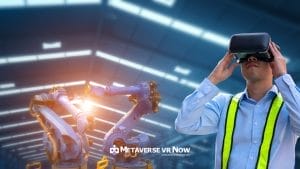
3. VR in Manufacturing Can Provide Remote Monitoring: Real-time insights and control
In the realm of manufacturing, leveraging virtual reality (VR) technology for remote monitoring stands out as a game-changer. This implementation allows real-time insights and control over operations, even when physical presence is not feasible. With VR tools, supervisors can immerse themselves in the production line from anywhere in the world, accessing critical data and overseeing processes with precision.
Moreover, the ability to provide remote monitoring through VR enhances efficiency by allowing prompt response to issues on the factory floor. By seamlessly integrating digital twins and IoT devices into this immersive experience, manufacturers can gain a holistic view of their operations and make informed decisions swiftly. Ultimately, the marriage of VR technology with manufacturing processes streamlines operations and elevates productivity to new heights.
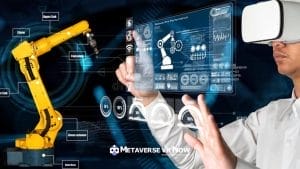
4. VR in Manufacturing Can Improve Safety: Risk-free training simulations
VR technology in manufacturing offers a revolutionary approach to enhancing safety measures through risk-free training simulations. By immersing workers in virtual environments, companies can simulate hazardous scenarios and train employees on proper protocols without exposing them to real-life risks. This not only improves the effectiveness of training programs but also significantly reduces workplace accidents and injuries.
Furthermore, VR allows for the practice of emergency responses in a controlled environment, where workers can familiarize themselves with correct procedures and develop muscle memory for crucial tasks. This hands-on experience translates into increased confidence and preparedness when faced with potentially dangerous situations on the factory floor. In essence, VR technology bridges the gap between theoretical knowledge and practical application, fostering a culture of safety first within manufacturing facilities.
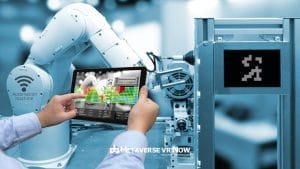
5. VR in Manufacturing Can Increase Efficiency: Automation and optimization benefits
In the dynamic landscape of manufacturing, Virtual Reality (VR) stands out as a transformative asset that can significantly enhance efficiency and productivity. Through the integration of VR technology, manufacturers can automate processes, optimize workflows, and streamline operations to achieve higher levels of performance. By immersing workers in virtual environments that simulate real-world scenarios, VR enables them to visualize complex tasks, troubleshoot issues remotely, and collaborate seamlessly across different locations.
Moreover, the automation capabilities of VR in manufacturing have the potential to revolutionize traditional production methods by reducing human error and enhancing precision. With advanced simulations and digital twins, companies can test different strategies effectively before implementation, leading to minimized downtime and increased output. Embracing VR not only empowers organizations to embrace Industry 4.0 standards but also underscores their commitment to staying ahead of the curve in a competitive market environment.
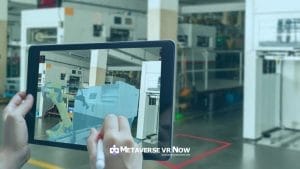
6. VR in Manufacturing Can Provide Cost Savings: Reduced downtime and maintenance expenses
By implementing Virtual Reality (VR) technology in manufacturing processes, companies can significantly reduce downtime and cut down on maintenance expenses. VR simulations allow for virtual training sessions that can familiarize workers with complex machinery and equipment without the need to shut down production lines for extended periods, thus saving precious time and resources. Additionally, maintenance tasks can be efficiently planned and executed using VR simulations, enabling predictive maintenance strategies that lower overall costs.
Furthermore, the use of VR in manufacturing offers a proactive approach to equipment monitoring and troubleshooting. By creating virtual replicas of machines or production environments, potential issues can be identified before they escalate into costly breakdowns, leading to improved operational efficiency and decreased repair expenses. This shift towards preventive maintenance through VR not only decreases downtime but also enhances overall productivity by ensuring smooth operations through proactive interventions based on real-time data analysis.
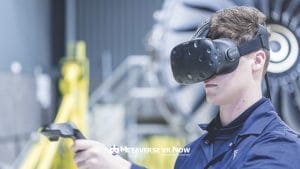
Summing Up: 7 Benefits of VR in Manufacturing Operations
As we bring this exploration of the benefits of VR in manufacturing operations to a close, it’s evident that the potential for transformative change is enormous. One key advantage lies in training effectiveness; VR simulations offer employees realistic scenarios to practice and learn from, leading to faster skill acquisition and reduced onboarding time. Additionally, improved safety measures are a significant boon; by allowing workers to experience hazardous situations in a controlled environment, companies can significantly reduce workplace accidents.
The increased efficiency brought about by VR technologies cannot be overstated. With virtual models aiding in design reviews and prototyping processes, iterations can be made swiftly without the need for physical prototypes, saving both time and money. Moreover, real-time data visualization allows for better decision-making, as managers can track performance metrics with unprecedented clarity. In conclusion, embracing VR technology in manufacturing isn’t just about staying competitive; it’s about revolutionizing industry practices and setting new standards of excellence.

